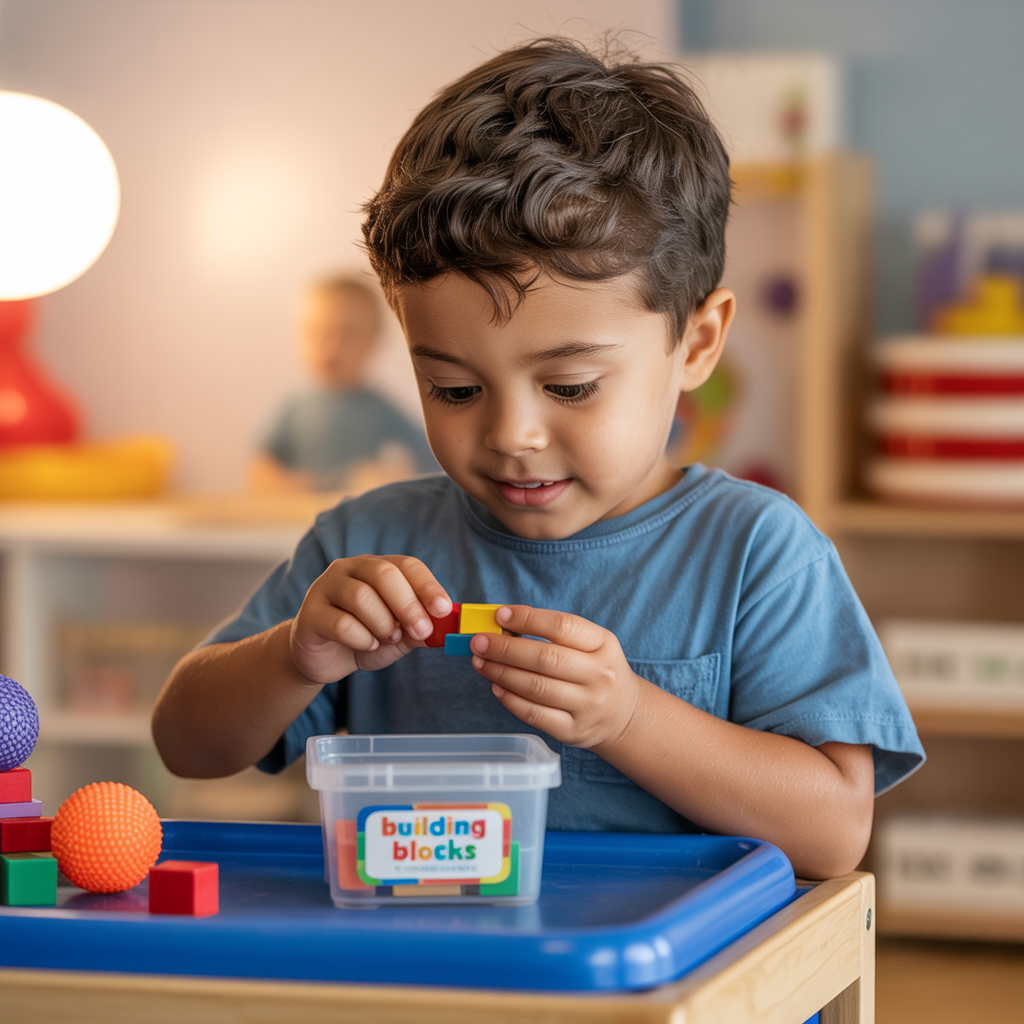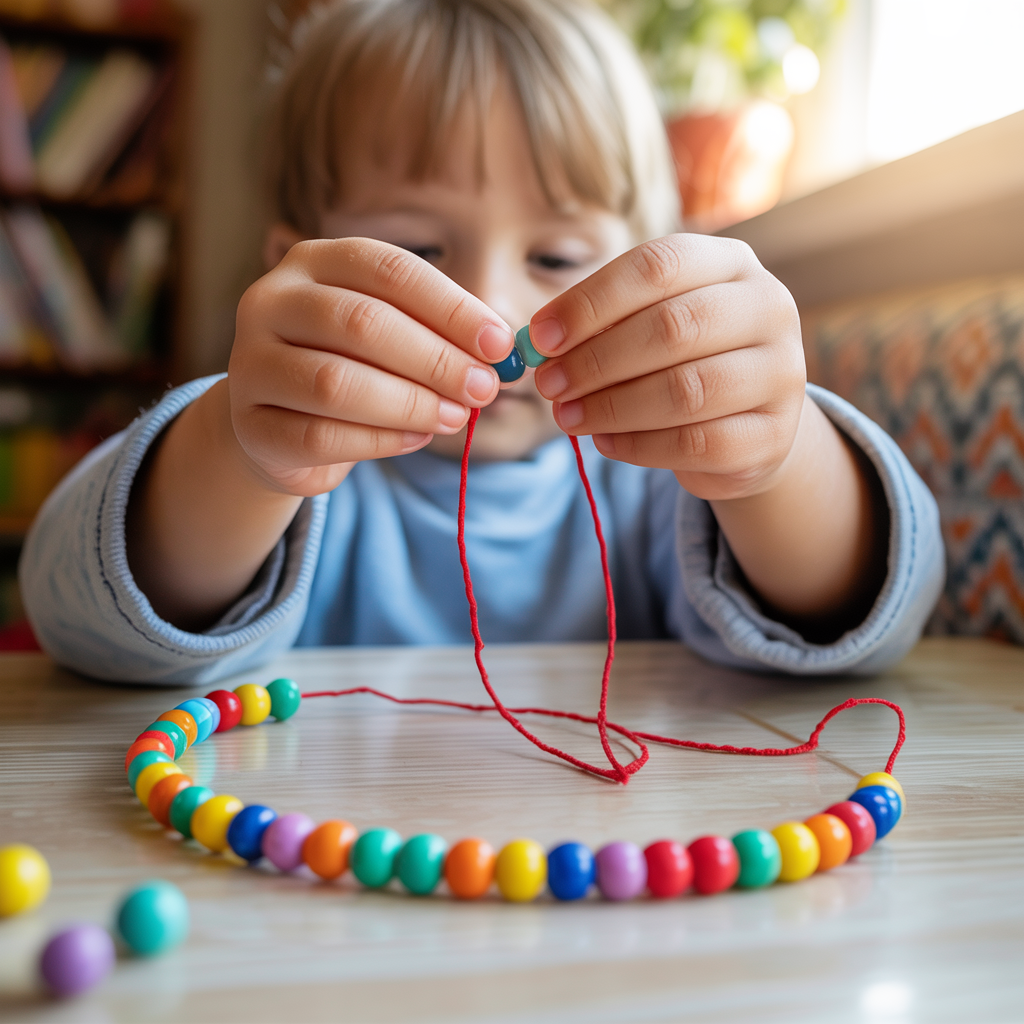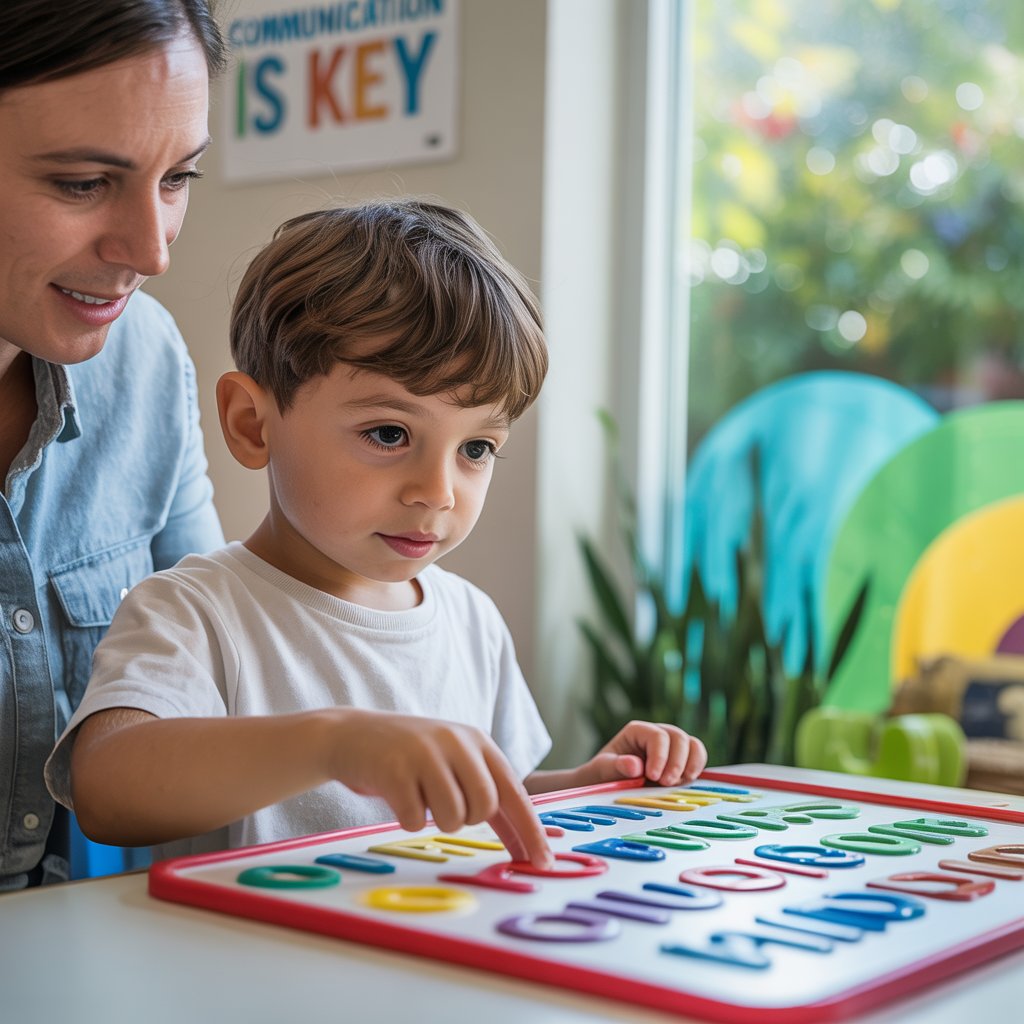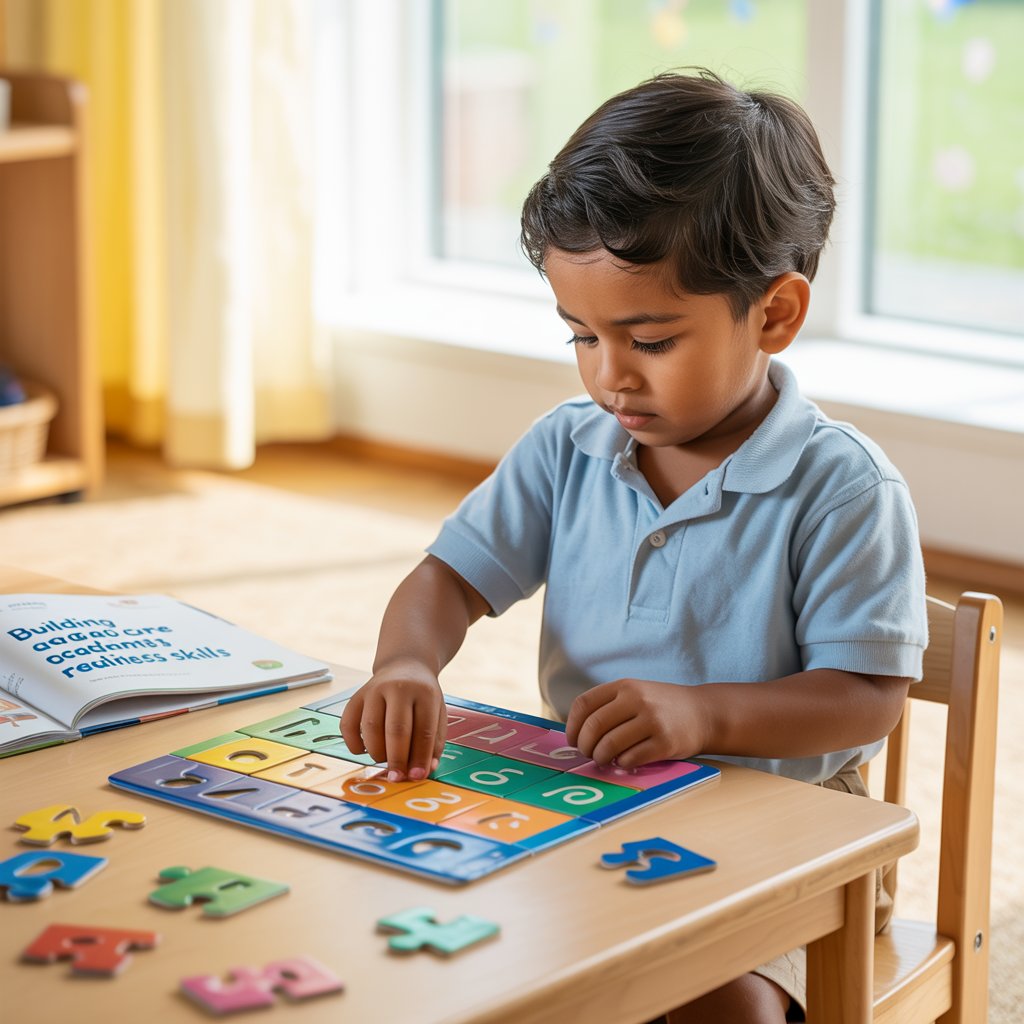Practical Activities for Daily Improvement

Kitchen-based Activities that Build Dexterity
Getting your autistic child involved in the kitchen isn't just about making meals—it's a goldmine for fine motor development. Try these simple activities:
- Pouring practice: Let them transfer water between cups or pour ingredients during baking
- Cookie cutting: Using cookie cutters requires just the right amount of pressure
- Stirring and mixing: Different textures offer varied resistance for hand muscles
- Tearing lettuce: A perfect low-pressure activity for kids who struggle with tool use
- Using tongs: Grabbing pasta, ice cubes, or cotton balls builds precision grip
Many parents find that kitchen activities have a sensory bonus too. Kneading dough provides deep pressure input while sorting dry beans offers tactile exploration.
Arts and Crafts Projects Tailored for Autistic Children
Craft time can be a winner for fine motor skills while respecting sensory needs.
- Tear-and-paste collages: For children who find scissors challenging
- Finger painting with various mediums: Try pudding, shaving cream, or finger paint
- Pipe cleaner threading: Pushing pipe cleaners through colander holes builds coordination
- Adaptive scissors: Three-hole or loop scissors make cutting accessible
- Beading with varied sizes: Start with larger beads, gradually decreasing size as skills improve
Pro tip: Follow your child's sensory preferences. If they hate getting messy, try stickers or dry materials instead of paint or glue.

Games and Toys that Enhance Finger Strength and Control
The right toys can turn therapy into playtime:
- Interlocking blocks: Building requires precision and planning
- Therapy putty games: Hide small treasures inside for motivated searching
- Pop-it fidgets: Provide resistance while being sensory-friendly
- Stacking games: From blocks to cups, these build hand-eye coordination
- Marble runs: Assembly requires careful manipulation while the running marbles fascinate
Don't rush to "age-appropriate" toys if your child isn't ready. A 10-year-old might still benefit from toddler toys that build fundamental skills.
Technology-based Options for Fine Motor Development
Digital tools offer unique advantages for fine motor development:
- Stylus drawing apps: Provide resistance feedback without messy materials
- Finger tracing games: Many apps guide proper letter formation
- Cause-and-effect touchscreen games: Build pointing precision
- Virtual reality hand controllers: Newer options for older kids provide targeted practice
- Adaptive controllers: Make gaming accessible while building skills
Screen time gets a bad rap, but targeted tech use can motivate reluctant children while providing immediate feedback. Just balance it with hands-on activities for a complete approach.







